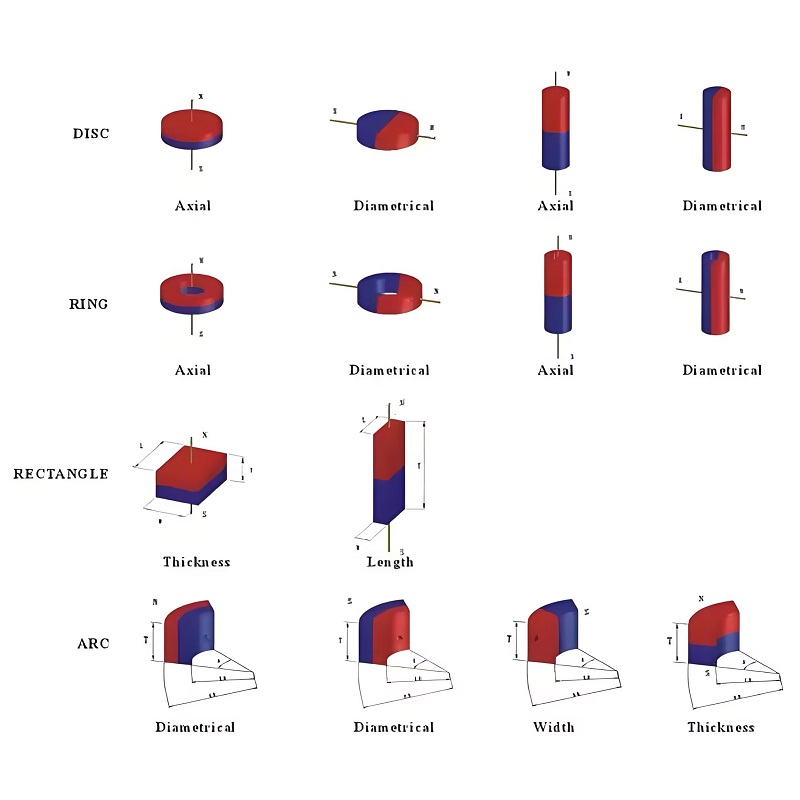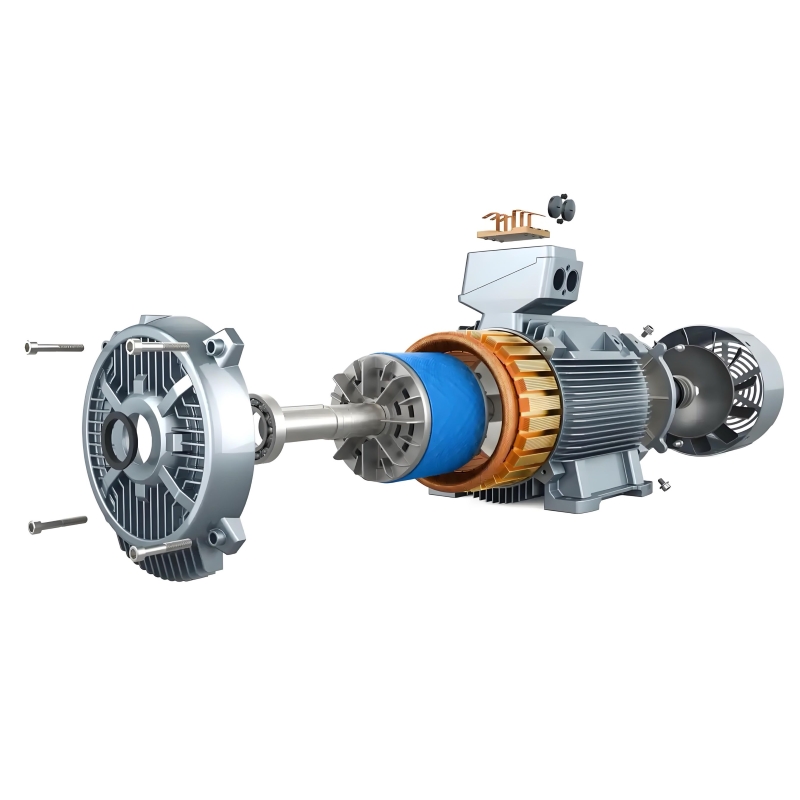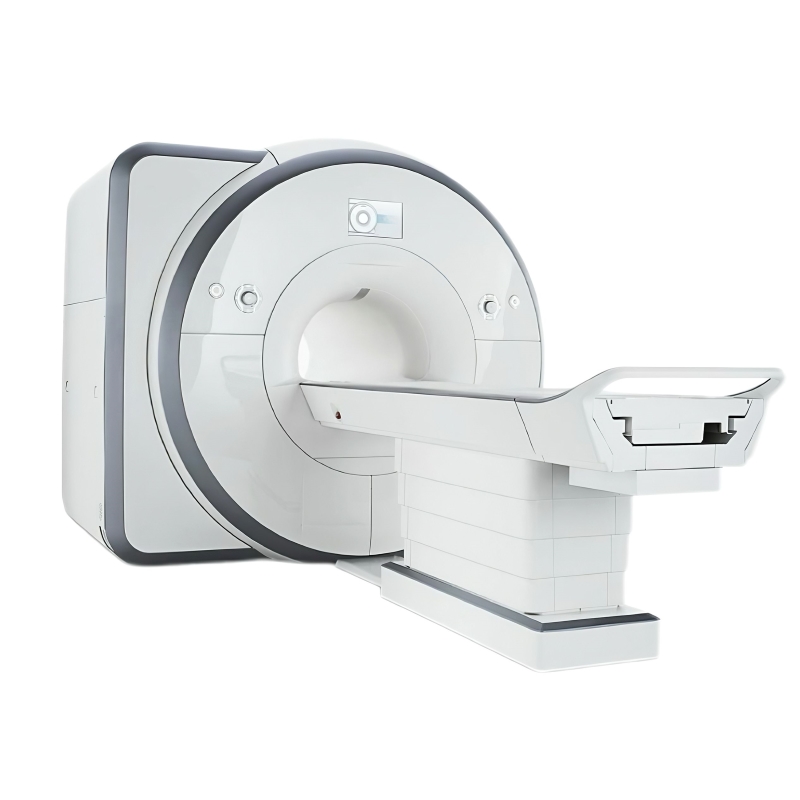January 13, 2025
Permanent powerful neodymium magnets, are renowned for their exceptional magnetic strength and versatility. These magnets are widely used in various industries, ranging from electronics and automotive to healthcare and renewable energy. A critical aspect of their performance lies in their magnetization direction and orientation direction. Understanding and optimizing these directions are essential for achieving the desired functionality and efficiency in applications.

The magnetization direction refers to the alignment of magnetic domains within the magnet, determining the poles (north and south). High quality eodymium magnets are anisotropic, meaning their magnetic properties are stronger in a specific direction. This makes it crucial to align the magnetization direction correctly during production to suit the intended application. For instance, in motors or generators, improper magnetization direction can lead to reduced performance or failure.

Similarly, the orientation direction plays a vital role in determining how the magnet interacts with external forces. During the manufacturing process, high temperature resistant neodymium magnets are typically sintered and pressed under a magnetic field to achieve the desired orientation. This ensures that the magnetic domains are optimally aligned, resulting in maximum magnetic strength. If the orientation is incorrect, the magnet's efficiency can significantly decrease, affecting its ability to perform tasks such as lifting, holding, or transmitting torque.
The importance of these directions becomes evident in high-precision applications. For example, in magnetic resonance imaging (MRI) machines, the durable strong ndfeb magnets must maintain a uniform magnetic field for accurate imaging. Similarly, in loudspeakers, the alignment of the magnet's poles directly impacts sound quality. Even minor deviations in magnetization or orientation can lead to noticeable performance issues.

In conclusion, the magnetization and orientation directions of neodymium magnets are pivotal to their functionality. By optimizing these factors, industries can harness the full potential of these powerful magnets, ensuring superior performance and efficiency in diverse applications.